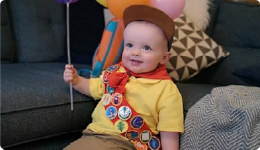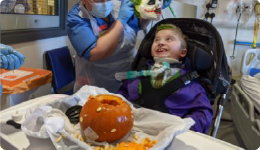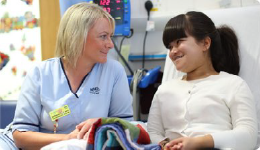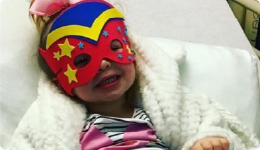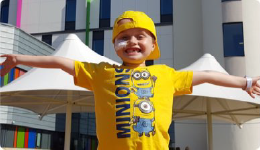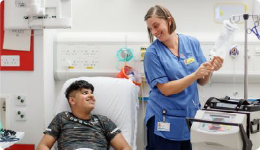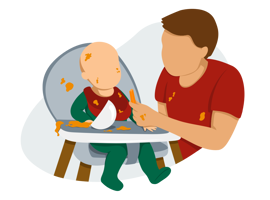 Let’s get weaning. In the first six months babies get all the nutrients they need from breast milk or from first stage infant formula. There is no need to introduce any solid foods before this time.
Let’s get weaning. In the first six months babies get all the nutrients they need from breast milk or from first stage infant formula. There is no need to introduce any solid foods before this time.
Every baby is different but the evidence tells us that babies around 6 months old, who can:
- Stay in a sitting position and hold their head steady
- Reach out, grab something and take it to their mouth by themselves
are ready to try solid foods alongside their usual milk. You can try offering a spoonful of soft, well-mashed food to see how they cope.
It is important to make sure you introduce lots of different foods and let your baby make a mess. As well as mashed foods, you can offer soft finger-sized batons of cooked vegetables, fruit, pasteurised cheese, well-cooked chicken breast/fish/eggs or bread/toast for your baby to explore. Show them eating is fun!
Parents and carers are often worried about gagging and choking and it’s important to know the difference between the two. Gagging is a normal reflex that stops your baby from choking and is common as babies figure out how to eat. Choking is when the food gets stuck in your baby's airway and your baby can't breathe. Find out more from Parent Club about gagging and choking. Watch the video below to find out what to do if your baby is choking.
Baby’s usual milk is the main part of their diet until they are around 9 months old. You can offer tap water from a free-flow or open cup with meals.
You can find lots of information and resources below:
- Fun First Foods booklet - this leaflet is available in other languages and in audio format.
- NHSGGC Early Years Starting Solids
- NHSGGC Happy Healthy Tots Feeding your baby or child
- British Dietetics Association Complementary Feeding (Weaning) fact sheet
If you have any questions then please speak to your Health Visitor or Family Nurse.



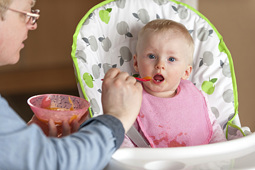
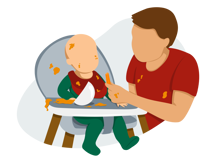 A highchair with a backrest that changes angles from fully upright to reclined means you can adjust the position of the back in line with your child’s development. When your child first starts using their high chair they may not be able to sit in it with the backrest fully upright without falling to the sides or too far forward. As their core stability improves and they can sit upright unsupported you can move the backrest more and more upright.
A highchair with a backrest that changes angles from fully upright to reclined means you can adjust the position of the back in line with your child’s development. When your child first starts using their high chair they may not be able to sit in it with the backrest fully upright without falling to the sides or too far forward. As their core stability improves and they can sit upright unsupported you can move the backrest more and more upright.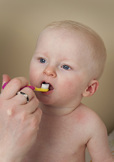
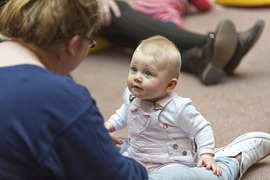
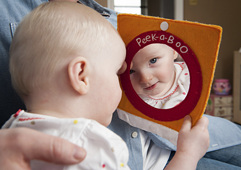 Your baby is now showing separation anxiety. This means they become upset when you leave them. Playing peekaboo can be helpful as it lets your baby get excited when you come back.
Your baby is now showing separation anxiety. This means they become upset when you leave them. Playing peekaboo can be helpful as it lets your baby get excited when you come back.
